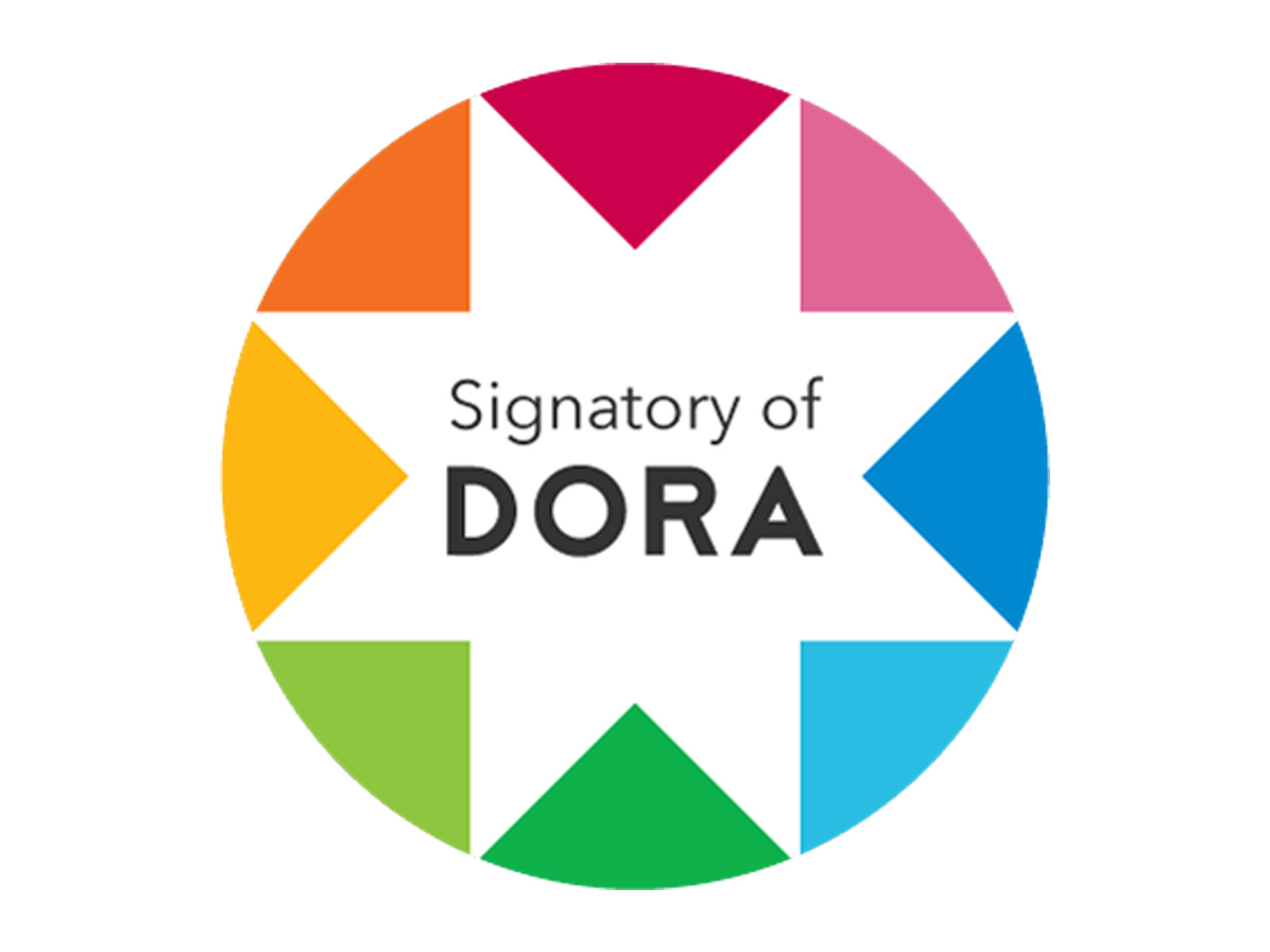Debt as Collective Strength
DOI:
https://doi.org/10.24215/25251678e496Abstract
Poor countries and poor people have few of the protections the rich do, but they have the power of their collective strength. Debtors of the world can unite, and default
References
AMARTHALINGAM Sangeetha (2020).“Will the financial sector continue to buck Covid-19 headwinds?”, Editorial The Phnom Penh Post, Nueva York.
FERREIRA Fernando y GYOURKO Joseph (2015).“A New Look at the U.S. Foreclosure Crisis: Panel Data Evidence of Prime and SubprimeBorrowersfrom 1997 to 2012”, NBER WorkingPaper Nueva York.
GYLFASON Thorvaldur (2013). “Democracyon ice: a post-mortem of theIcelandicconstitution”, Open Democracy. Disponible en: https://www.opendemocracy.net/en/can-europe-make-it/democracy-on-ice-post-mortem-of-icelandic-constitution/
GOVERNANCE ACROSS BORDERS (2017). “’We are at the end of ourtether!’ What African Women are trying to tell the Microfinance Industry”. Disponible en: https://governancexborders.com/2017/12/20/we-are-at-the-end-of-our-tether/
MADER Philip (2013). “Rise and Fall of Microfinance in India: The Andhra Pradesh Crisis in Perspective”, 1-2 StrategicChange, Vol. 22, 47-66, London.
MADER Philip (2019)“Microfinancedland-grabs and abuses in Cambodia are no surprise”, Institute of DevelopmentStudies, London.
ROOS Jerome, (2019).“WhyNot Default? ThePoliticalEconomy of SovereignDebt” Princeton UniversityPress, New York.
THORNTONChristy (2021).Revolution in DevelopmentMexico and theGovernance of the GlobalEconomy, University of California Press, California.
TOUSSAINT Eric, LEGRAND Nathan y LASKARIDIS Christina (2020). “Historical Perspectives on Current Struggles against Illegitimate Debt”, en Philip Mader, Daniel Mertens y Natascha van der Zwan (eds.), The Rout ledge International Handbook of Financialization, Routledge.
Downloads
Published
Issue
Section
License
Todo el material publicado en la revista lo hace bajo una licencia Creative Commons de Reconocimiento-No Comercial-Sin Obra Derivada (CC BY-NC-ND) 4.0



.jpg)































